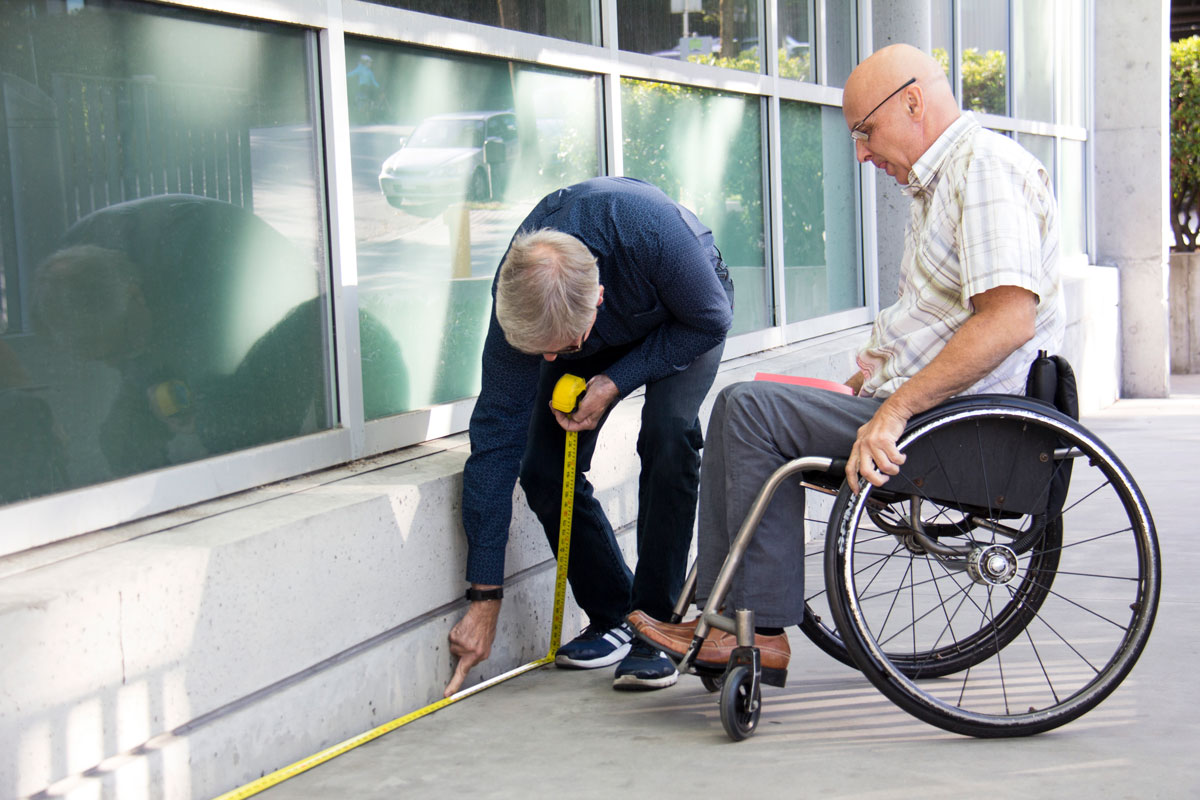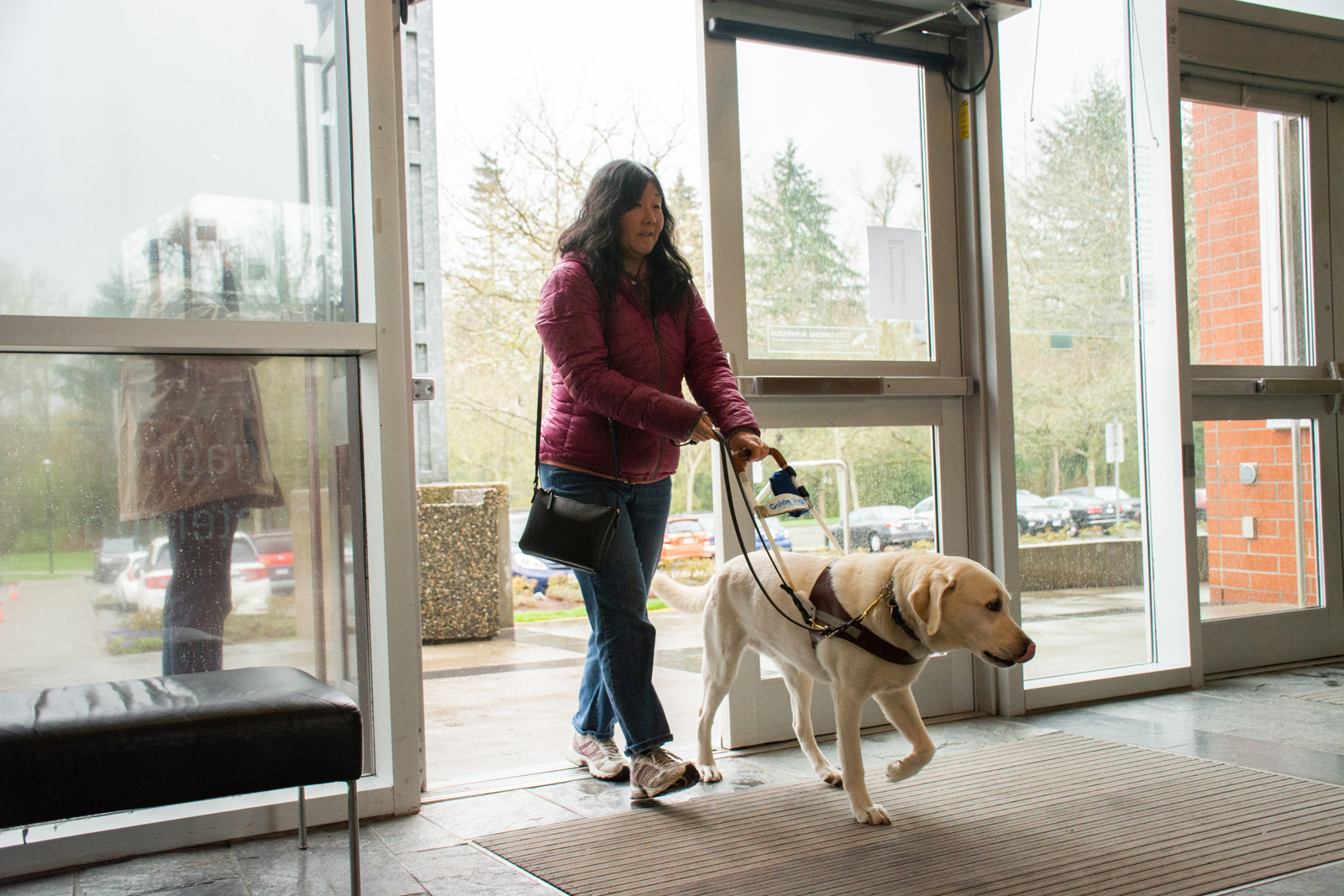By Brad McCannell – abilities.ca
Accessibility in Canada
Now Is the Time to Work Together
It took a mighty effort from the government of Canada and the entire community of people with disabilities, but Bill C-81—the Accåessible Canada Act—is a reality at last. But where do we go from here? What happens now?
Now the real heavy lifting starts.
Our work is just beginning
Now that the legislation is taking shape, we must ensure we continue to voice our opinions on how to make it better. This is our opportunity to change the cultural understanding of accessibility. We need to raise awareness that access is more than a ramp, and that there are disabilities beyond mobility that can’t be ignored.
It’s time to bring attention to the fact that accessibility is not just “our” issue, but something that affects everyone: Today, upwards of 50 per cent of the population has a disability or knows someone with a disability. Both the public and the industries responsible for building our homes, schools, stores and offices must understand that true access means that everyone can go everywhere.
Harmonized standards and incentives
One of the biggest problems facing accessibility in the built environment is not the lack of standards, but rather just how many standards there are. There are national and provincial codes, and cities often have their own codes. On top of that, there are endless regulations—each of which proclaims to be the one you need to adhere to. Regulations and codes are important; however, many are conflicting, and many are mobility-centric. Harmonized national standards, complemented by incentives, is key to progress.
Over time, we can help to shape the Accessible Canada Act to ensure it positively benefits people of all abilities. We can work to broaden the scope of disability considered in the design phase of every project—from ordering business cards to designing a city.
On the same page
The first step in shaping the Accessible Canada Act will be to develop a common methodology and language to identify the barriers we need to eliminate. Without that, we cannot achieve quantifiable results.
The newly formed Canadian Accessibility Standards Development Organization (CASDO) is helping to bridge this gap. CASDO is working to promote the removal of barriers by pushing for higher standards to be incorporated into accessibility regulations. This will create unified standards at a federal level.
Equally important is ensuring that the people evaluating the level of access provided in any given environment are properly trained and accredited. It’s crucial that these individuals understand not only code requirements, but also the many additional elements that create meaningful access for the community of people with disabilities, including older adults and seniors.
Targeting the source
It’s time to bring industry professionals—including developers, building managers and architects—and those capable of transforming the landscapes in which we live into the discussion. Our lived experience is integral to helping designers and builders understand the elements we need in the built environment, and how we use them.
A new approach
The Rick Hansen Foundation Accessibility Certification™ (RHFAC) program has developed a system that rates commercial, institutional and multi-residential buildings and sites, and that is complementary to building codes. It ensures that everyone in the building industry is held to the same high standard of meaningful accessibility for people with a wide variety of disabilities.
It is important to note that RHFAC is not for consumers. There are plenty of excellent apps that do a great job of crowdsourcing to pinpoint accessible spaces. Instead, RHFAC aims to change inaccessible spaces into accessible ones by working with industry.
RHFAC was created to speak to industry, change design culture and push meaningful access up the design food chain. Instead of adding accessible features once a place has already been built, RHFAC provides an aspirational goal for the planning and construction industry. It celebrates what’s working well and provides a roadmap for owners on how to improve.
RHFAC is for professionals in the field with prerequisite qualifications, including a diploma in architecture, engineering or urban planning, and at least five years’ experience related to accessibility in building environments. It also helps to educate building owners, operators and managers so that, together, we can all work to do better.
We’re stronger together
As a community, we have to do our part. We are a large and powerful demographic, and need to use that power to create positive change in the built environment.
Let’s raise the bar higher. The Federal Accessibility Legislation Alliance’s support for the Accessible Canada Act was a good example of how we can accomplish so much more when we work together as a community. Access denied to some of us is access denied for all of us.
I was enormously pleased to see the strides made to recognize American Sign Language (ASL) and la langue des signes québécoise (LSQ) in the new legislation. Communities who use these languages have routinely been left behind in other access initiatives. But through collective action and collaboration, all voices have been heard in this critical milestone.
The historic Accessible Canada Act brings tangible change at a grassroots level through enforced harmonized codes and regulations, along with incentives for industry. This marks the beginning of real change for people of all abilities.
Brad McCannell, is the Vice President of Access and Inclusion for the Rick Hansen Foundation.
It’s more than the width of the door
When we talk about accessibility, we usually talk about ramps, captions, braille signage, or the number of power doors a building has. However, these things are the start of a longer story of all the people whose lives are made easier, chores made manageable, and dreams are made possible by improved accessibility.






